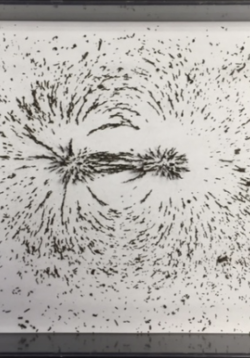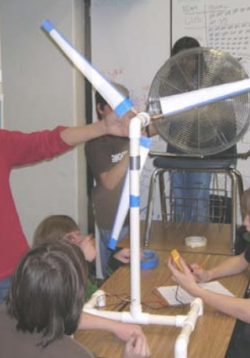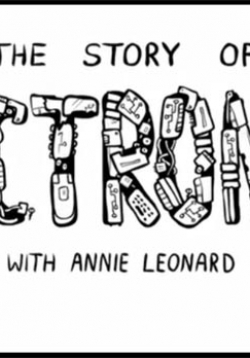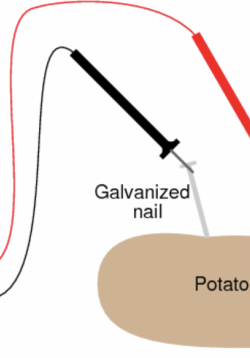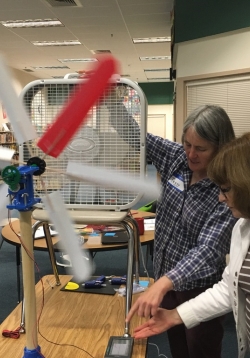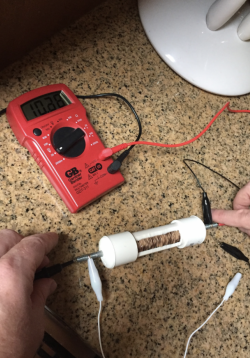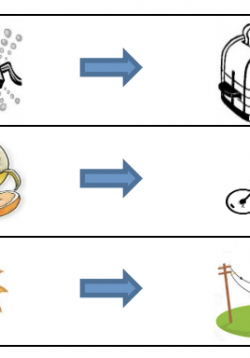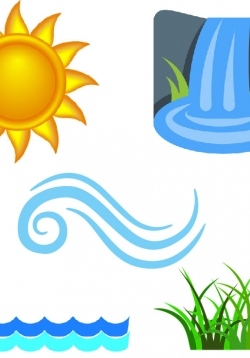Three Ways to Generate Electricity
This lesson gives students hands-on experiences with the attraction and repulsion of magnets including experiments with how the strength of attraction and repulsion varies with distance. Students see how magnets are used in motors but also in electric...
Variables Affecting Wind Turbine Power
Now that students are familiar with how mechanical electricity generation works, they will build a wind turbine powered by a box fan. Different teams will test different turbine variables to see how the amount of electrical power is affected. After each...
Variables Affecting Solar Power
Students will plan and condict an investigation into solar photovoltaic technologies to determine what variables affect the output of panels. They will calculate and compare their exploration of solar panels to their previous investigation of wind turbines...
How might we design a battery that reduces e-waste? Phenomenon and Exploration
During this introduction lesson series students will explore the guiding phenomenon to understand e-waste and connect it to battery design. Students will utilize online resources to learn about problems from e-waste around the world and the environmental...
Exploring Eco-Friendly Battery Design
In this lesson students will experiment with everyday household items to make batteries. Students will use lemons, potatoes, pennies, and cola to make batteries, and compare the amount of voltage produced. These lessons can be expanded to test a variety of...
Engineering Clean Energy for Our Community
This lesson plan will engage students in a design process to power a motor using a variety of energy sources. Students will compare different clean energy sources to decide which energy source will complete their design goal. Students will experiment with...
Unit Plan: Understand E-Waste Through Battery Design
In this lesson students will further explore their understanding of energy, electricity, and basic circuits. Students will begin their exploration of batteries by questioning where batteries end up when we are done using them, making connections to e-waste...
Energy Sort
Students will be put in groups of six to eight students. Each group will have images of various items that produce heat (light bulb, hair dryer, refrigerator, computer, game system, television, car, motorcycle, microwave, space heater, etc.). The goal is...
Brainstorm Energy Source
Students will individually brainstorm sources of energy. This process will take place on both an individual and on a group level, allowing for students to share ideas about their perceptions of energy. On a sheet of paper, students will write or draw...
Energy Research Project
Students will build on their knowledge of renewable and non-renewable energy (third grade standards). Students will learn that all electricity production has impact on the earth. The class will do a compare/contrast activity of a renewable and a non-...

